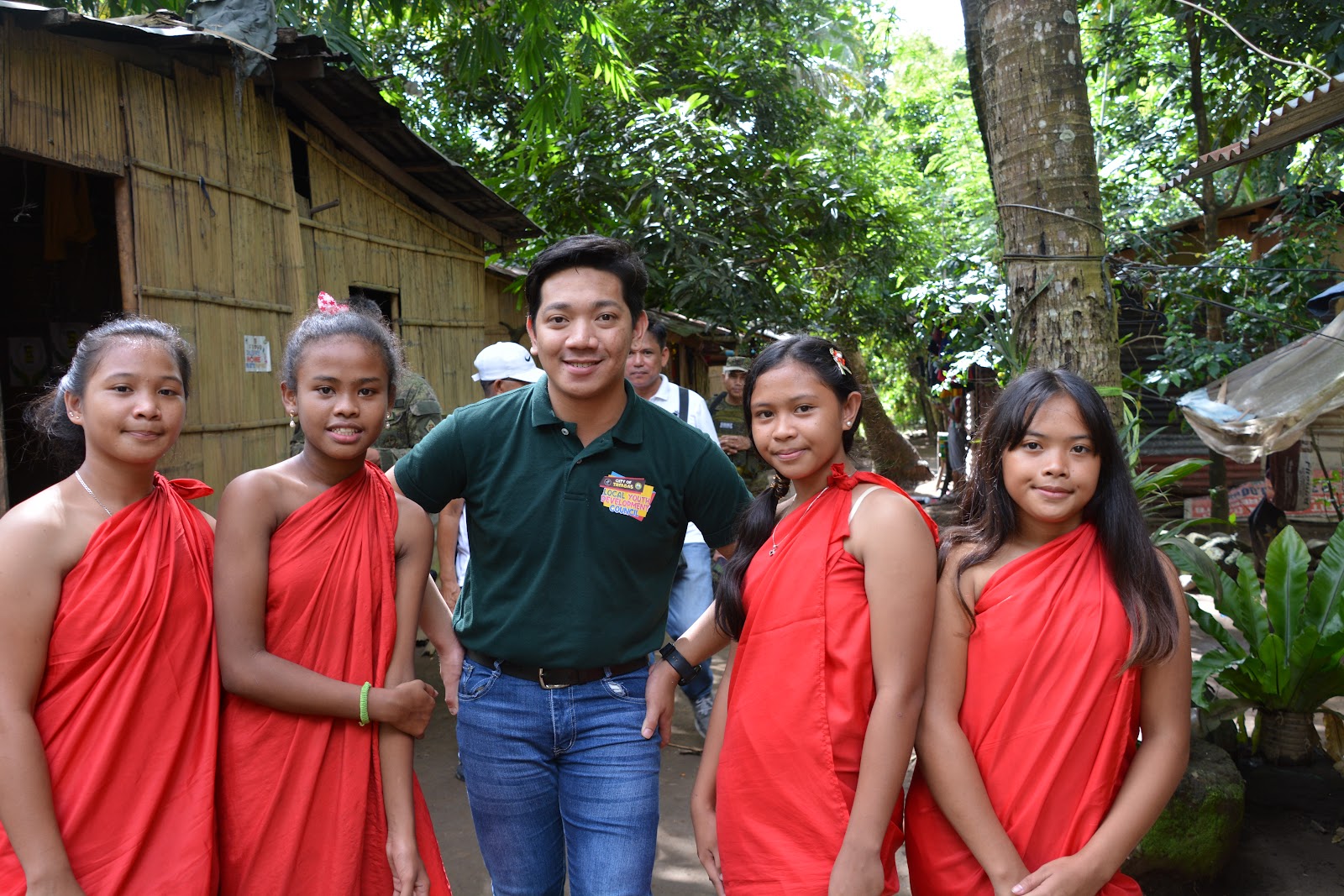THE AYTA OF TAYABAS
Through oral narration passed on to them by their elders, the Ayta know that they are originally from Tayabas. One story recounts a period of drought which their ancestors had experienced. The sound of a bird or labuyo led them to a spring, allowing them to survive. They resided near the spring for a long time but eventually fled in fear of the Tagalog who began to settle there. They say the exact location of the spring is the old abandoned church in Tayabas.
Initially, the nomadic Ayta moved around in search of land which could provide sustenance and was uninhabited by other people. Later on, they relocated to other places, such as those of their Ayta kin, for they were driven out in areas already owned by the Tagalog. The chieftain himself lived in Calamba, Laguna and Putingkahoy, Batangas before settling in Barangay Tongko.
The Ayta of Tayabas recognize kin relations with the Ayta residing in Makiling and Calamba, Laguna; Barangay Banoyo, San Luis, Barangay Putingkahoy, Rosario and Barangay San Jose Sico, Batangas City in the province of Batangas. Some inhabitants of Tayabas eventually lived in those areas. The Ayta also settled down in order to send their children to school. Although they have been living in Barangay Tongko for 20-30 years, their permanence in the area still depends on the landowner’s use of the land.
The Ayta of Tayabas is among the four Philippine ethnolinguistic groups whose language is extinct. The people now speak Filipino, the language used by the Tagalog whom they interact with on a daily basis, especially for their livelihood. Some have also intermarried with the Tagalog, Bicolano and Bisaya. In spite of all this, there are still Ayta words used by the people in their everyday conversations. Among these are kapilo and kunyapit, their terms for turtle and monitor lizard, animals which they occasionally hunt. These two are delicacies for the Ayta.
The main economic activity of the Ayta community is the women selling herbal medicine in Lucena and other municipalities. Most of the men are unemployed and have a difficult time looking for jobs. Previous jobs the men took on include jeepney dispatcher, bet collector in cockfights, and construction worker. During harvest time, Ayta men and women are given a share of the crops they help gather in neighboring fields.
Since they are easily accessible, many academic institutions and non-government organizations have approached the Ayta of Tongko to be beneficiaries of community service activities. Among these were building a basketball court, tribal hall with toilet, cementing of pathways and assistance in animal husbandry. Students have also lived with the community for short periods to experience their way of life. However, Tamaki noted that many of the community service activities conducted among the Ayta are not sustainable and most are one time visits only. (Tamaki, 2009) Some elders have articulated that livelihood assistance for the men in the community is needed the most, since selling herbal medicine is not enough to support their families.
Ayta parents aspire for their children to get an education but financial restraints keep many from regularly attending classes. Despite all this, a female Ayta youth recently graduated from college with a degree in Social Work. A scholar of the National Commission on Indigenous Peoples, she is the first in the Ayta community to obtain a college degree.
In terms of religion, a number of Christian missionary groups have visited the community and carried out bible studies. However, the Ayta identify themselves as Catholic. An herbal medicine vendor said that even though they are called Ayta, they are still Catholic. A social worker from a Catholic academic institution in Lucena, assists in community activities such as pasyon reading, praying the rosary and pilgrimages to the Kamay ni Hesus Grotto in Lucban during the Lenten season.
In their homes one will see Sto. Niño icons, posters and calendars with the images of Jesus and Mother Mary. They also use agua bendita (holy water) in their healing practice, specifically in cases of possession by an evil spirit. The Sto. Niño, whom they call Hele Abe, may also enter a person’s body yet cause no harm.
Source:
ETHNOPHARMACOLOGICAL STUDY OF THE PHILIPPINE ETHNOLINGUISTIC GROUPS: THE AYTA OF TONGKO, TAYABAS, QUEZON
A collaborative project of The Ayta community of Barangay Tongko, Tayabas, Quezon Philippine Council for Health Research and Development Department of Science and Technology Institute of Herbal Medicine - National Institutes of Health University of the Philippines Manila 2009

